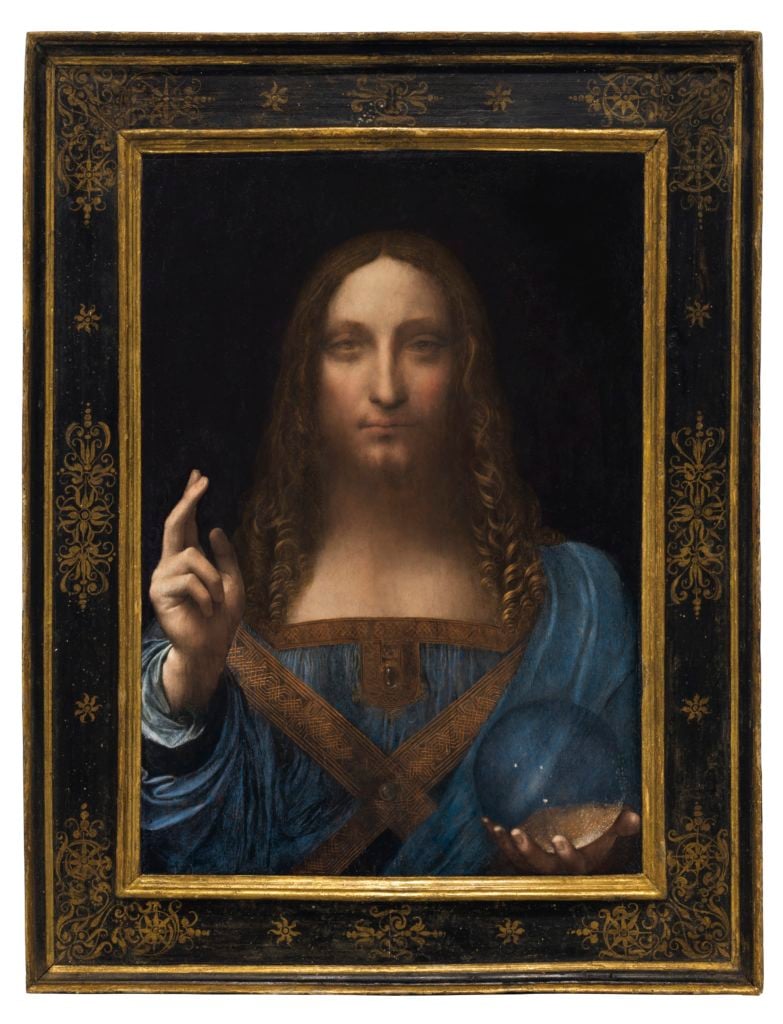Art World
Who Really Painted ‘Salvator Mundi’? An Oxford Art Historian Says It Was Leonardo’s Assistant
Scholar Matthew Landrus estimates that Leonardo painted only a small fraction of the canvas.

Scholar Matthew Landrus estimates that Leonardo painted only a small fraction of the canvas.

Henri Neuendorf

Was Salvator Mundi, the painting that sold for a sensational $450 million at Christie’s last year, misattributed to Leonardo da Vinci?
That’s what Oxford art historian Matthew Landrus argues in a forthcoming book. Instead, he thinks the record-breaking work was painted primarily by Leonardo’s assistant, Bernardino Luini, whose auction record is a mere $654,545, according to artnet’s price database.
Landrus estimates that about five to 20 percent of the painting was completed by Leonardo’s hand. “I can prove that Luini painted most of that painting,” Landrus told the Guardian. “A comparison of Luini’s paintings with the Salvator Mundi will be sufficient evidence.” The appropriate attribution of the work should be “a Leonardo studio painting,” he says.
The scholar cites technical details found in the subject’s robes and gold bands, which he says are comparable to other works by Luini. However he conceded that the presence of Leonardo’s signature sfumato technique, a complex method of shading that’s unique to Leonardo, is evidence that the master did play at least a small part in the painting’s creation.
Landrus is not the first expert to cast doubt on Salvator Mundi‘s authorship. Since the National Gallery curator Luke Syson first attributed the painting to Leonardo in a retrospective on the artist in 2011, historians and critics have voiced doubts, including University of Leipzig art historian Frank Zöllner, Michael Daley of Art Watch UK, and New York magazine critic Jerry Saltz.
Salvator Mundi was acquired by the Abu Dhabi department of culture and tourism, and goes on public view at the Louvre Abu Dhabi in September. It will be included alongside the Mona Lisa in a blockbuster Leonardo exhibition at the Louvre in Paris next year.